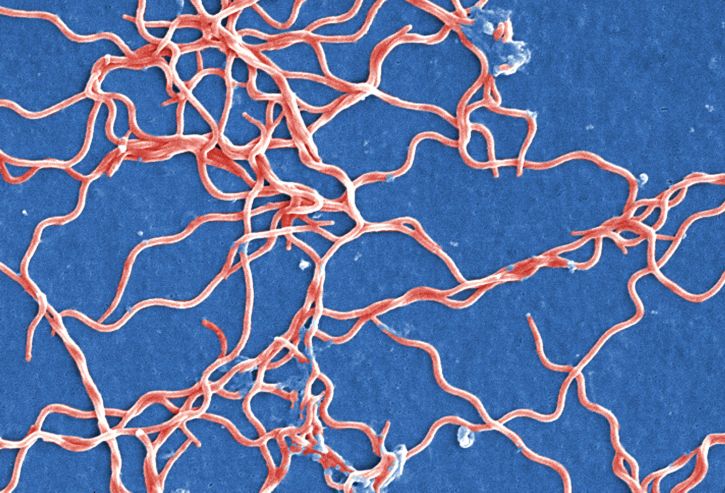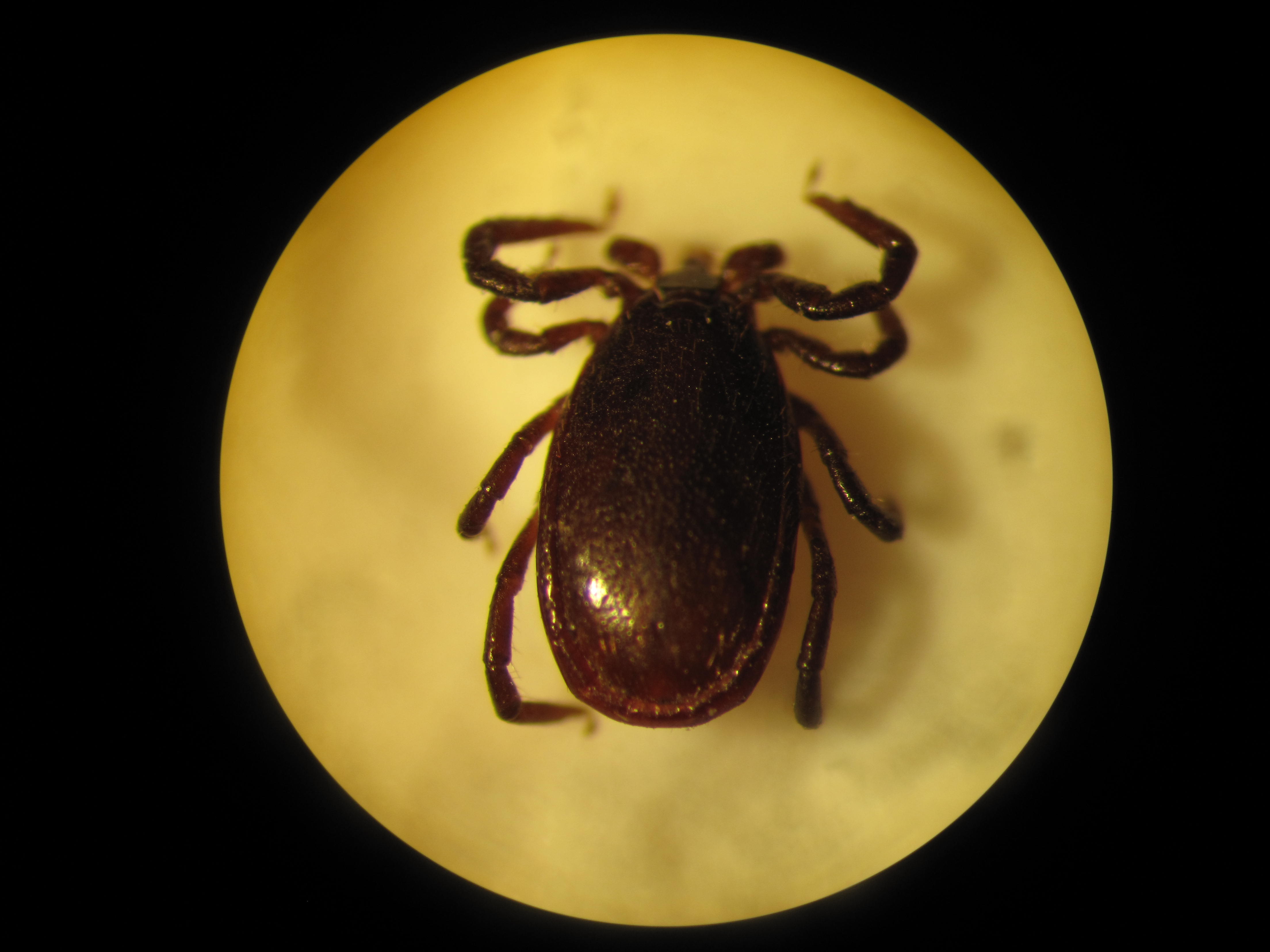Lyme disease
Etiology
Lyme disease is caused by a spirochete belonging to the Borrelia burdogferi sensu lato complex is. It is an intracellular bacterium, Gram negative, flagelated and helical shaped. There are different species and genotypes distributed throughout the world. In Europe, most cases are caused by B. afzelii and B. garinii, while in Asia B. garinii is the most common specie.
Epidemiology
Like humans, horses are accidental hosts of Borrelia.Lyme disease is not well studied in horses and there are still some unknown epidemiological aspects.
B. burdogferi is maintained in an enzootic cycle of 2 years in which the ticks of the genus Ixodes and mammals are involved. In Europe the main vector of the disease is Ixodes. ricinus, which parasites a wide variety of animal species, from small and large mammals to birds and humans. In North America, the most important vectors are Ixodes scapularis and Ixodes pacificus, which parasite mainly deer and white-footed mice (Peromyscus leucopus).
In horses infection is very frequent in North America, especially in the northern and central country. In Europe seroprevalence data is very variable depending on the country and the time, with the highest incidences in central-eastern east Europe. In Spain, the prevalence is much higher in the north, area considered endemic due to the abundance of the vector (I. ricinus), favored by the abundant vegetation and the high humidity.
Pathogeny
The pathogenesis of the disease after B. burdogferi infection in horses is not well known. It is considered that the tick must be adhered to the host for at least 24 hours for B. burdogferi transmission. Once the bacteria has entered the host animal organism, a regulation of certain genes is produced to allow transmission and survival. Then, the microorganism spreads through the connective tissue and blood. This bacteria is able to evade the host immune response and live in the connective tissue and collagen and does not need iron to survive.
Clinical signs
The vast majority of horses infected with B. burgdorferi do not develop any clinical symptoms. When they appear they are quite nonspecific and variable, mostly neurological sings. These include behavioural changes, ataxia, hyperesthesia, uveitis, pseudocutaneous lymphoma, dysphagia, low-grade fever, muscle pain, stiffness and lameness in more than one limb, joint inflammation, lethargy, weight loss, etc.
Diagnosis
The definitive diagnosis of Lyme in horses is complicated. It is based on epidemiological, clinical and laboratory criteria (mainly serology). It must be taken into account if the animal comes from an endemic area, has been bite by a tick of the genus Ixodes, has compatible clinical signs, has high titres in ELISA test or another serological test and / or it is positive to the Western Blot test (W).
Seroconversion occurs from 3 to 10 weeks post-infection. ELISA tests, indirect immunofluorescence assay (IFI), or commercial kits may be used but nonspecific cross-reactions may occur. In addition, serological tests do not distinguish between active infection or previous exposure. In order to distinguish these phases or previous vaccination, WB and multiple antigen ELISA tests are used. WB is usually used as a confirmatory test, especially when the ELISA titres are moderate (200-300).
Direct methods for antigen detection are also used, such as PCR, immunohistochemistry, fluorescence in situ hybridization (FISH) and silver staining. The ideal samples are: synovial membrane, skin biopsy, cerebrospinal fluid, ocular fluid, etc. The presence of the microorganism in the tick can also be detected by PCR.
Culture is complicated and cell lines are needed as it is an intracellular microorganism.
Treatment
Treatment of Lyme in horses is complicated and often ineffective. The antimicrobials of choice are doxycycline and tetracycline and treatment should be started as soon as possible and be long-lasting. Ceftiofur is also used. Supportive treatments include chondroprotective agents, NAIDs or acupuncture.
Prevention and control
The only effective preventive measure is to avoid the tick bite: avoid horses entering wooded areas with abundant vegetation, cutting tall grass, cleaning bushes, spraying animals with repellent sprays with permethrin or pyrethroids, check the horses frequently and if they have ticks, remove them as soon as possible and identify the species.
There is currently no vaccine for Lyme authorized for its use in horses.
Public Health Considerations
The importance for Public Health lies mainly in the fact that Lyme is a zoonosis that can cause serious illness in humans. The only way of contagion is through the bite of the infected tick (vector), therefore, the horse would act as a reservoir of the disease.
References
- http://www.cfsph.iastate.edu/Factsheets/pdfs/lyme_disease.pdf
- https://onlinelibrary.wiley.com/doi/full/10.1111/jvim.15042
- https://thehorse.com/128423/lyme-disease-update/
- https://www.cdc.gov/lyme/index.html
- Madigan, J.E. “Lyme Disease (Lyme Borreliosis) in Horses.” Veterinary Clinics of North America. Vol. 9-2, Philadelphia, Saunders,1993: pp. 429-434.
- Equine Infectious Diseases. 2014 Elsevier Inc. ISBN: 978-1-4557-0891-8



